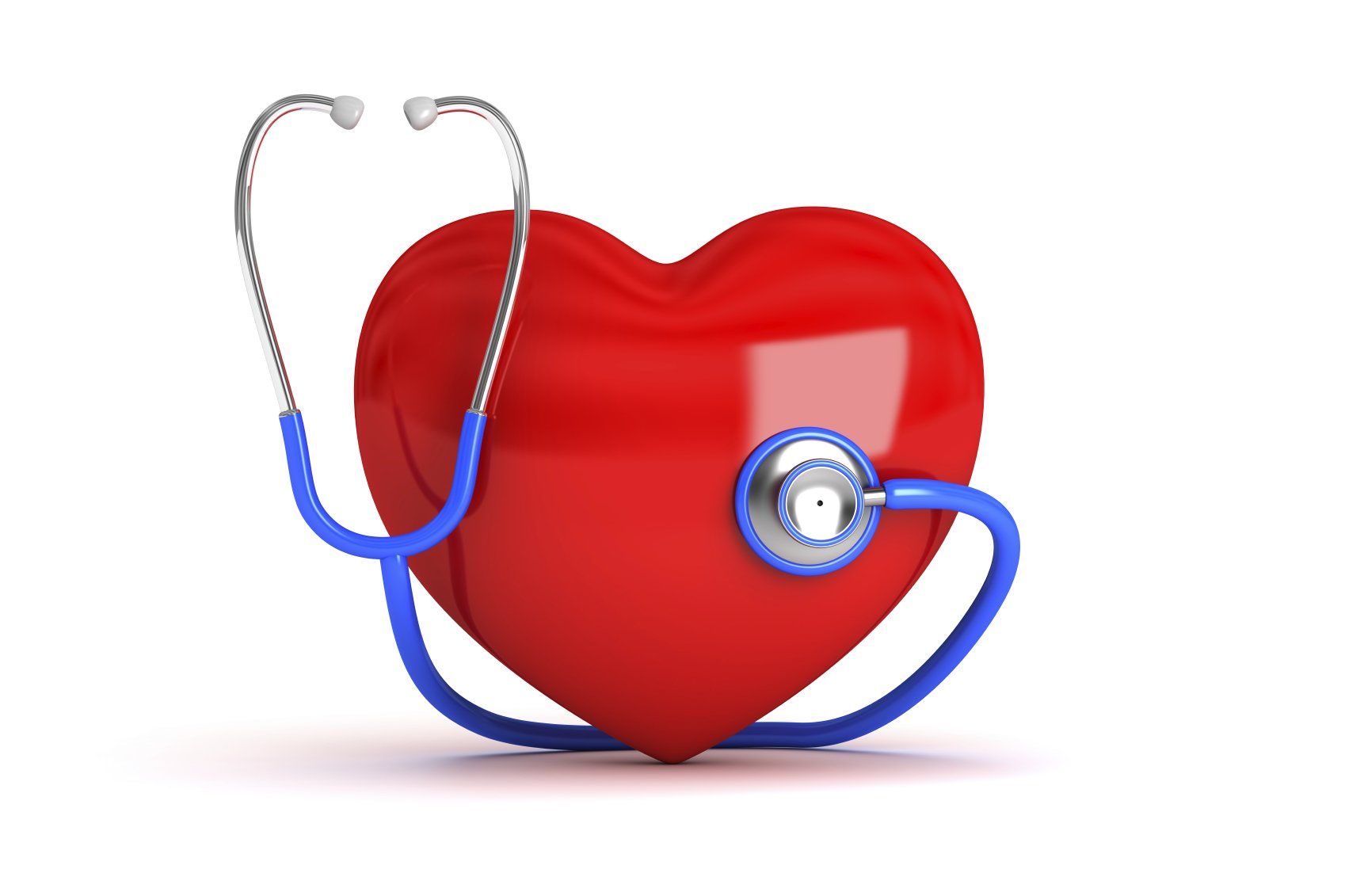Having been in the maritime industry for 22 years now, I have seen some changes in the way that we deliver medical care at sea.
In a previous blog I talked about having a module on diagnosing disease and how I struggled with it because I found it hard to memorise signs and symptoms parrott fashion.
So, what was I being taught? How to recognise a disease and diagnose it so that I could put a treatment plan in place. All of that relied on memory, do you see where I am going with this?
Not only was I expected to provide medical care on board ship, I was expected to do at least 5 other jobs on top of that. You need a lot of brainpower to remember everything about all those different jobs.
I have been teaching seafarers how to provide first aid and medical care for a long time and once of the the overriding fears that they have on Day 1 is that they need to pass an exam and how are they going to remember everything they need to know to get the pass they need to maintain their certificate of competency.
This is where I get all excited and enthused for the course ahead….they don’t need to remember loads of stuff to pass an exam! Stripping back what we teach people who are responsible for medical care onboard is something that builds confidence and takes away the fear factor….mostly.
So, we spend the first day refreshing the basics of resuscitation. You don't get to look in the book for that one so drills need to be repetitive and become part of the good old muscle memory.
Day 2 is all about ensuring absolute confidence in navigating the Ships Captain's Medical Guide because that is what they are going to open up and use if someone reports sick. The way it is written allows you to follow a flowchart approach to assessing your sick crew member, it helps you eliminate things as the cause of their problems and, this is the really important bit, steers you away from trying to make a diagnosis and points you toward using Telemedical Advice Services (TMAS) instead.
When they have gone through a couple of scenarios you can see them visibly relax as they start to get a handle on how this works. I am not very good at analogies but I have a couple of things that I like to explain when I am teaching:
I like to explain the medical system as a jigsaw puzzle.
1. On board we can locate and position the corner pieces (get the initial history and a set of basic vital signs)
2. The TMAS Doctor can then fill in the edges and give you a basic treatment plan to support the patient.
3. Definitive medical care fills in the middle pieces by conducting labs and imaging etc reviewed by specialist consultants to get an accurate diagnosis.
The idea is that the seafarers stop trying to be the edge pieces and the middle and just do an amazing job at being the corner pieces because the rest of the puzzle is really difficult without those corners in place.
The other thing I like to talk about is this:
“If it looks like a duck, and sounds like a duck, it probably is a duck...but...what if it's a chicken in disguise?” basically don’t make an assumption, always look at what else it could be. Most of the time it is a duck, but I have had a few chickens in disguise during my career and have been caught out by it.
So, lets not worry about memorising loads of stuff or being incredible at Anatomy and Physiology or know everything about every medication you carry. Just do the basics well. Follow the flow charts, use the TMAS form on the inside cover of your Ships Captains Medical Guide 23rd edition to record information in a logical format that allows you to hand it over to the Doctor on the end of the Satphone and keep a pen and notepad handy to write down the instructions that they give you.
Once your patient is feeling a bit better, get a cuppa and reflect on what you have done, check your patient's vitals again and record them, then remember that doing the basics well is better than trying to remember everything and remembering nothing useful!



























